|
ID |
Nickname |
Country / City |
Languages |
Taxonomies |
Comment |
Project / Group |
Map |

|
46071
|
|
United States
Honolulu
|
|
|
AJR - Check in #2. This picture shows the use of the Pidgin phrase “Howzit,” followed by “The Aloha Movement” on a sticker. Similar to my previous photo, this was also found in the T&C apparel store and again draws a very fine line between promoting local identity and cultural appropriation. I think what would make this sticker lean more towards promoting local pride would be if it were sold in a local store outside of the mall. By doing this, it would change the intended audience and gear it more towards locals rather than tourists.
|
Multilingual Hawaiʻi
|
|

|
47351
|
|
United States
Honolulu
|
|
|
Top left: Da Pidgin Institute of Hawaiʻi shirt plays off of the UH logo and colors to legitimize Pidgin as something worthy of being studied in the academy.
|
Multilingual Hawaiʻi
|
|

|
46072
|
|
United States
Honolulu
|
|
|
The domain in particular is for UH Manoa students and also locals who care about the sacred land of Hawaii. It is meant to get the attention of locals and students who may know about the TMT on Maunakea. The Hawaiian in this protests against the building of the thirty meter telescope. ‘A‘ole means to deny and refuse to do a thing so in this case it refuses the building of the TMT. The intended audience is locals, Hawaiians, scientists, people who advocate for the building to sway their opinion. It is printed on cardboard. Again, the implied message is to say no to the building of TMT as it will destroy the sacred land of the Hawaiians. - CQ
|
Multilingual Hawaiʻi
|
|
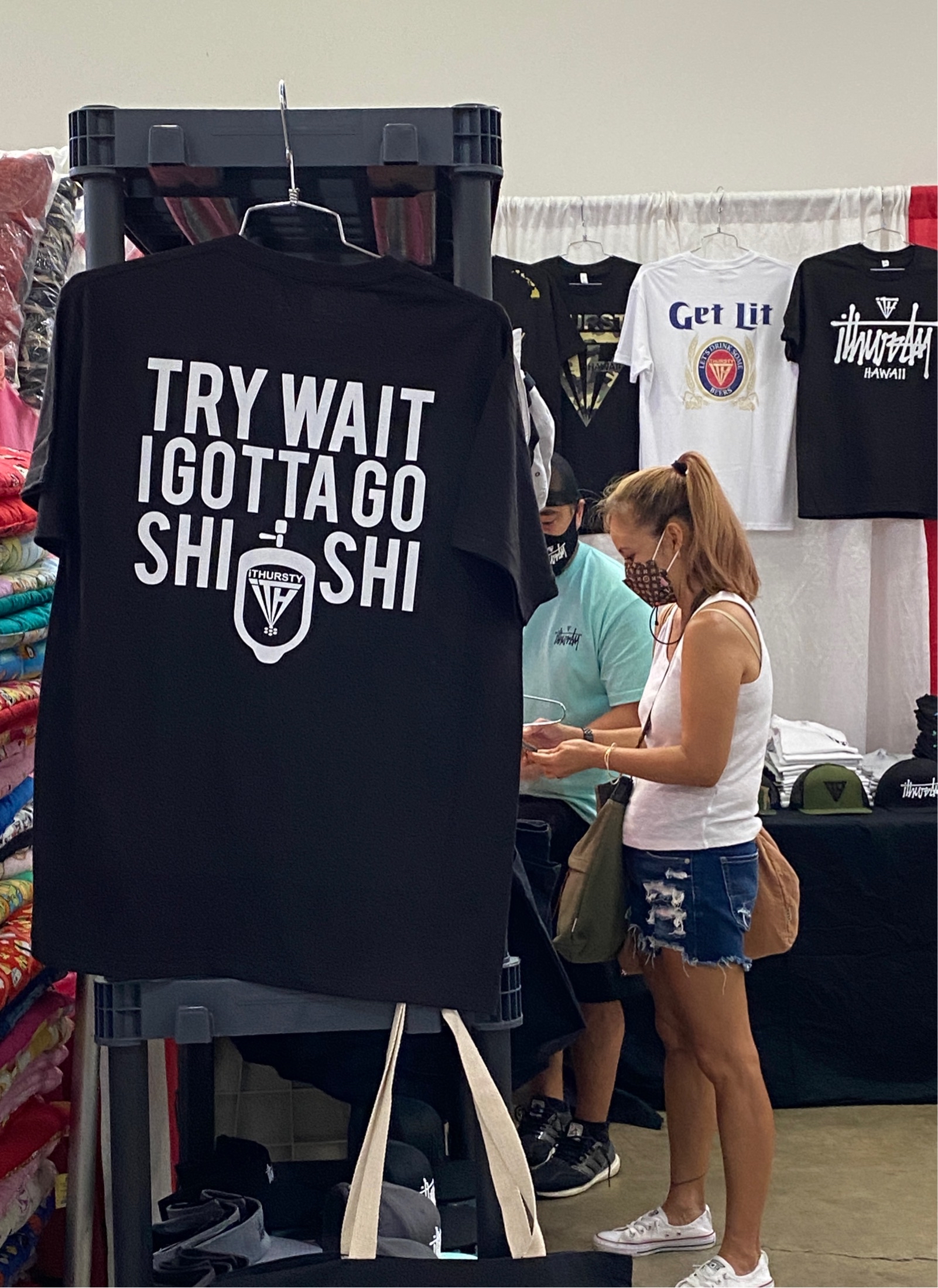
|
47352
|
|
United States
Honolulu
|
|
|
“Try wait I gotta go Shishi” — “Please wait. I need to go pee.”
|
Multilingual Hawaiʻi
|
|
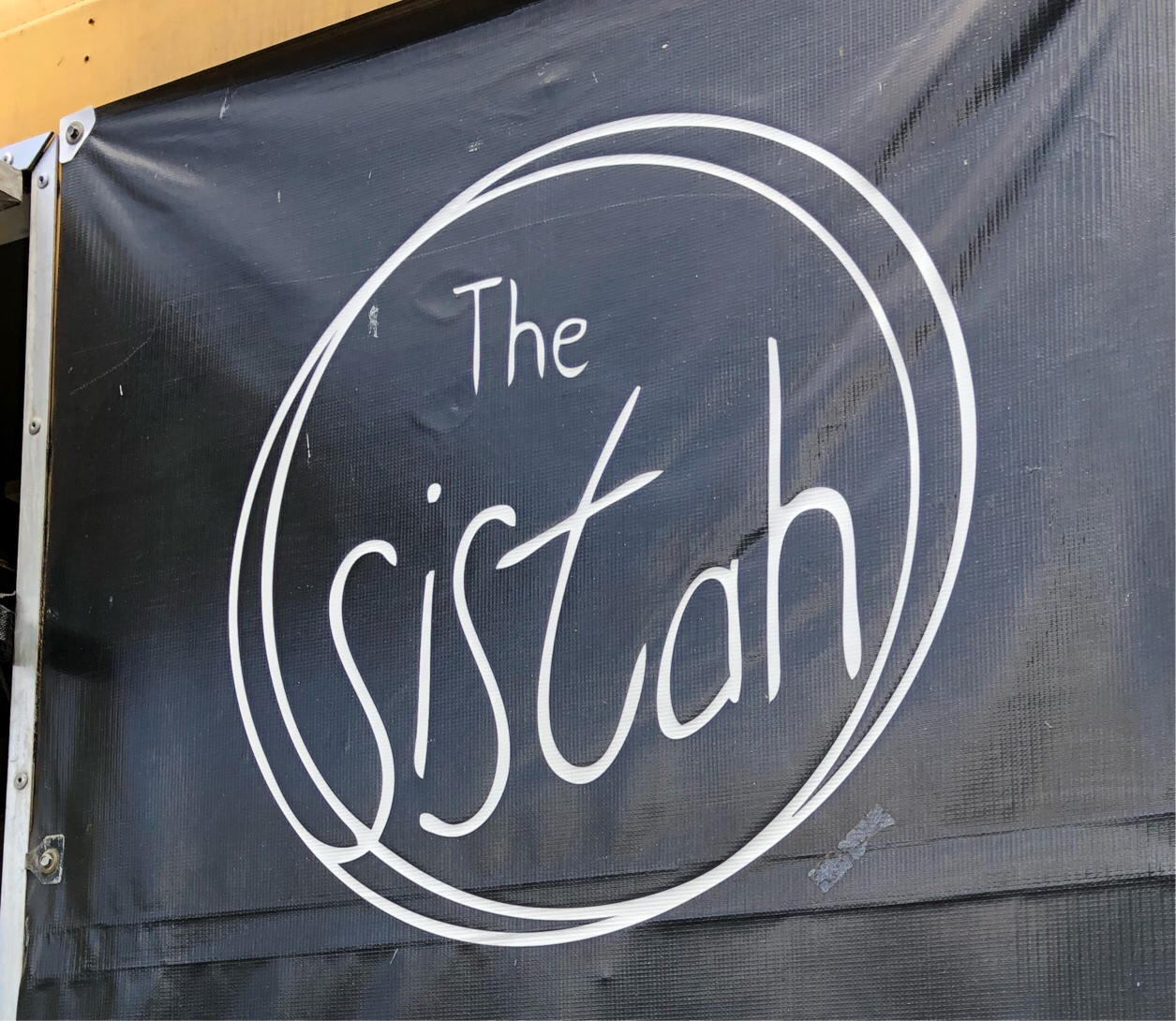
|
25081
|
|
アメリカ合衆国
Honolulu
|
|
|
This is a name of the food truck in the campus. “ sistah” means “sister”. I think this is symbolic-authentic to share a sense of “local”.
|
Multilingual Hawaiʻi
|
|
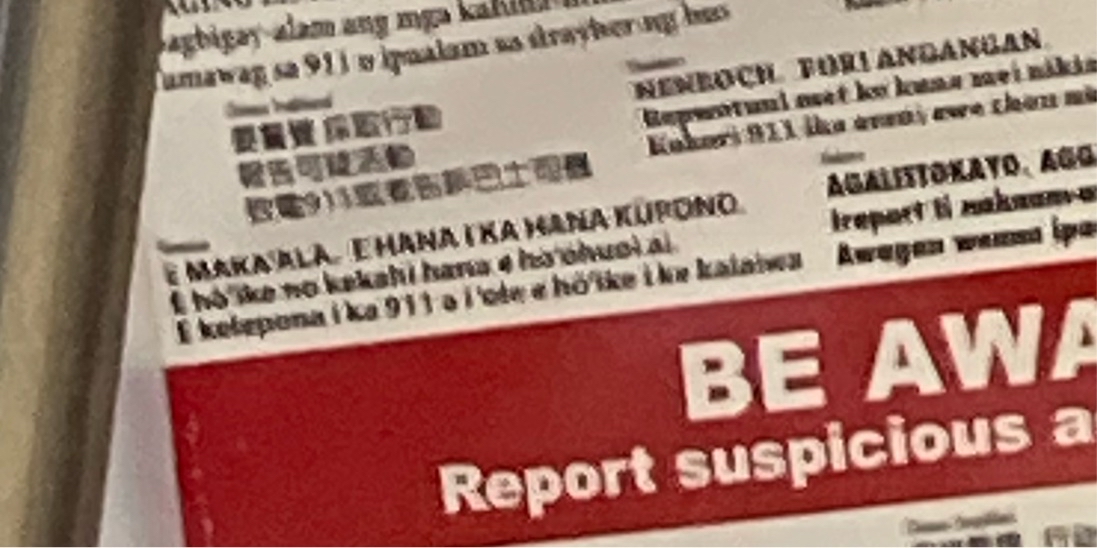
|
42489
|
|
United States
Honolulu
|
|
|
(Sorry this is so blurry, it’s on the bus) The domain is safety, so people who need to read the way to report suspicious activity in Hawaiian can understand it. - AB
|
Multilingual Hawaiʻi
|
|
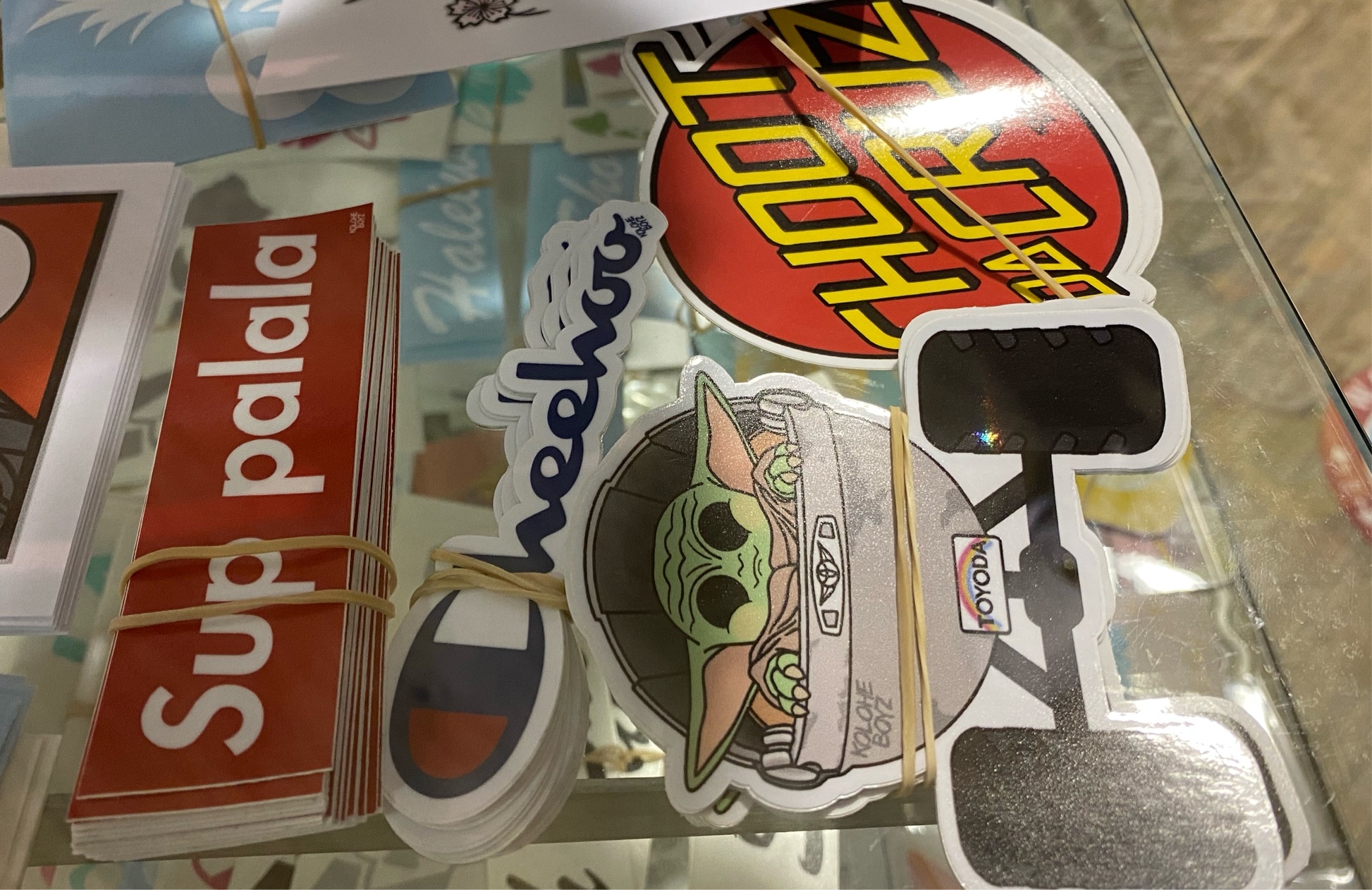
|
46073
|
|
United States
Honolulu
|
|
|
AJR - Check in #2. This picture showcases the use of the Pidgin phrases “Sup palala” and “Cheeehoo” and “Shoot Da Cruz”. I would say these products are geared more towards a local audience as tourists may not be aware of the meaning of these phrases
|
Multilingual Hawaiʻi
|
|
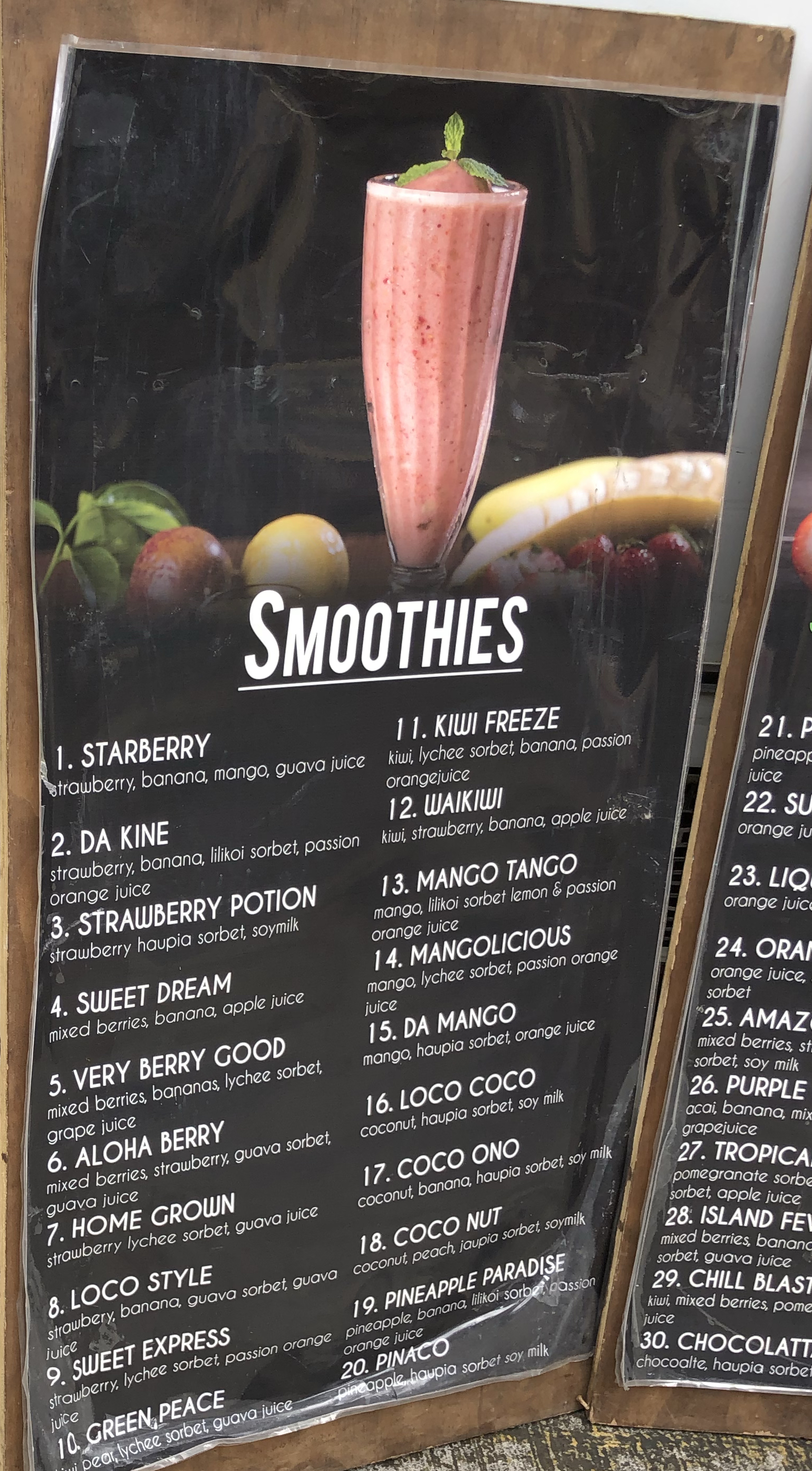
|
25082
|
|
アメリカ合衆国
Honolulu
|
|
|
This is a menu of the food truck in our campus. Basically it is written in English, but you can find some Pidgin words such as “DA KINE”. This is symbolic-authentic. SS
|
Multilingual Hawaiʻi
|
|
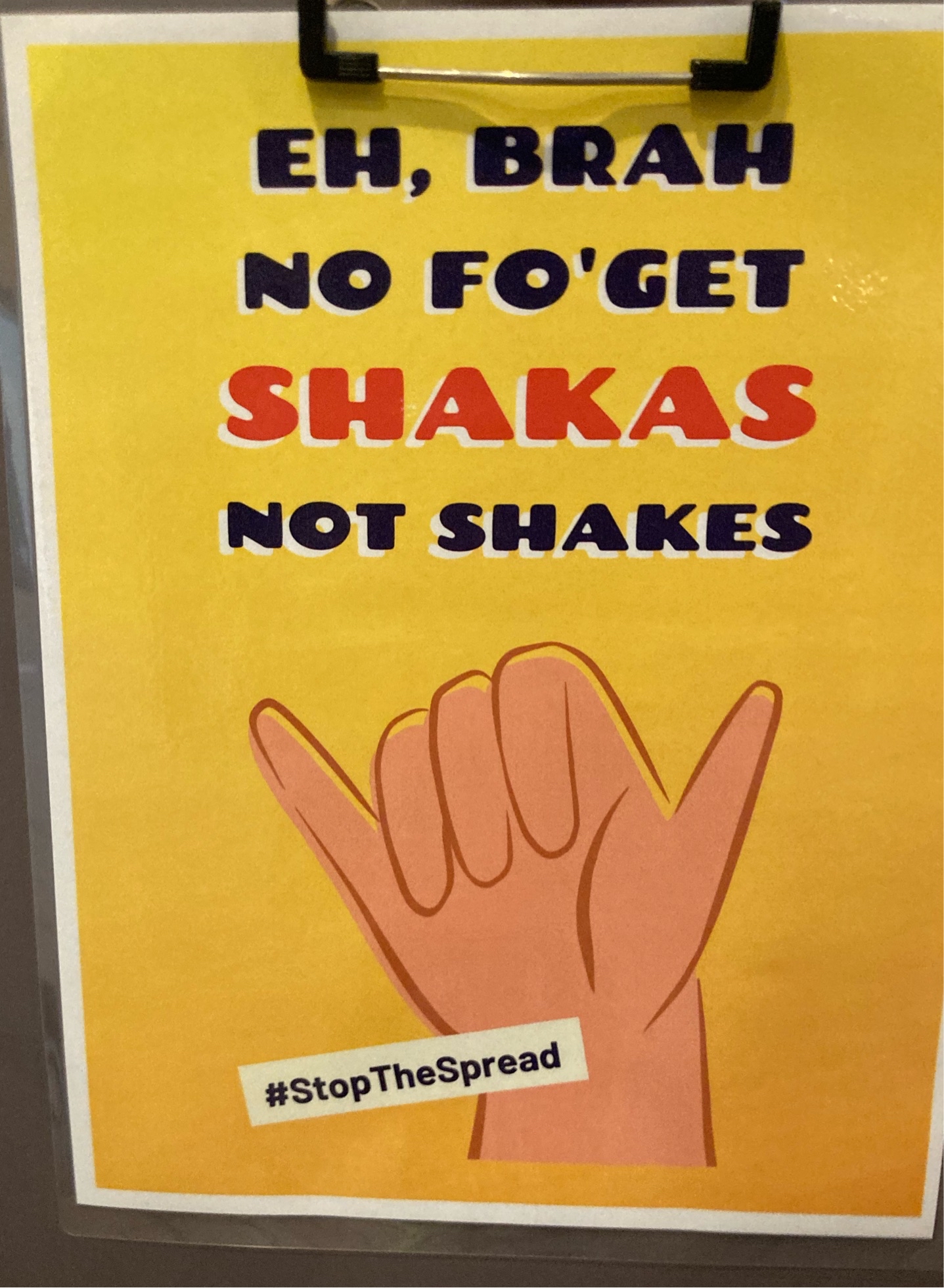
|
42490
|
|
United States
Honolulu
|
|
|
The domain is safety, meant for students (both local and from the mainland) to understand covid rules. This can be understood generally for both of these groups
|
Multilingual Hawaiʻi
|
|
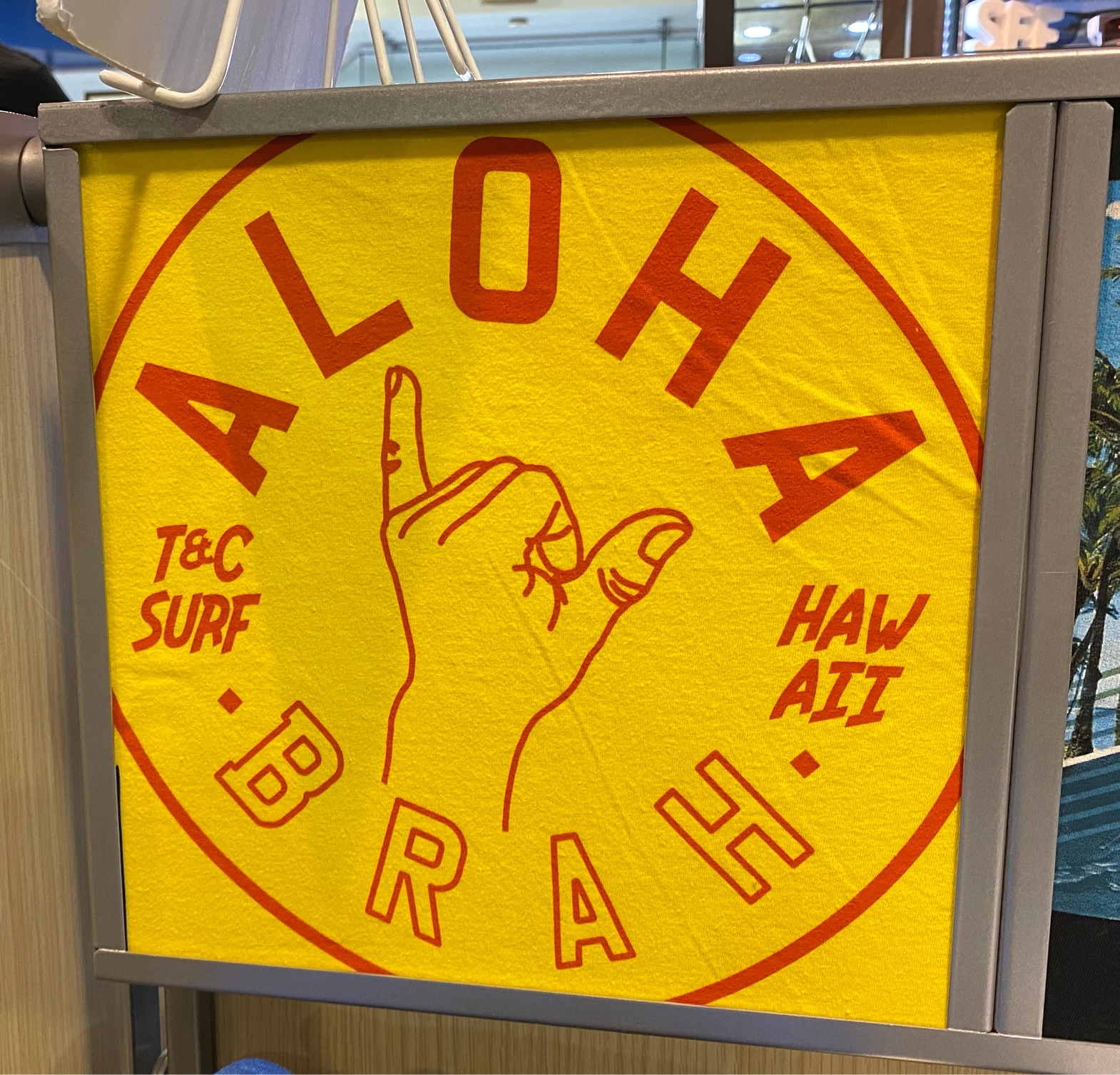
|
46074
|
|
United States
Honolulu
|
|
|
AJR - Check in #2. This picture shows the use of the Hawaiian phrase “Aloha” and Pidgin (?) version of “bro”. The intended audience would be apparel shoppers and it is a great way to promote local identity. However, with the image of a Shaka being exhibited on this shirt, I would say this product catches the eye of more tourists
|
Multilingual Hawaiʻi
|
|
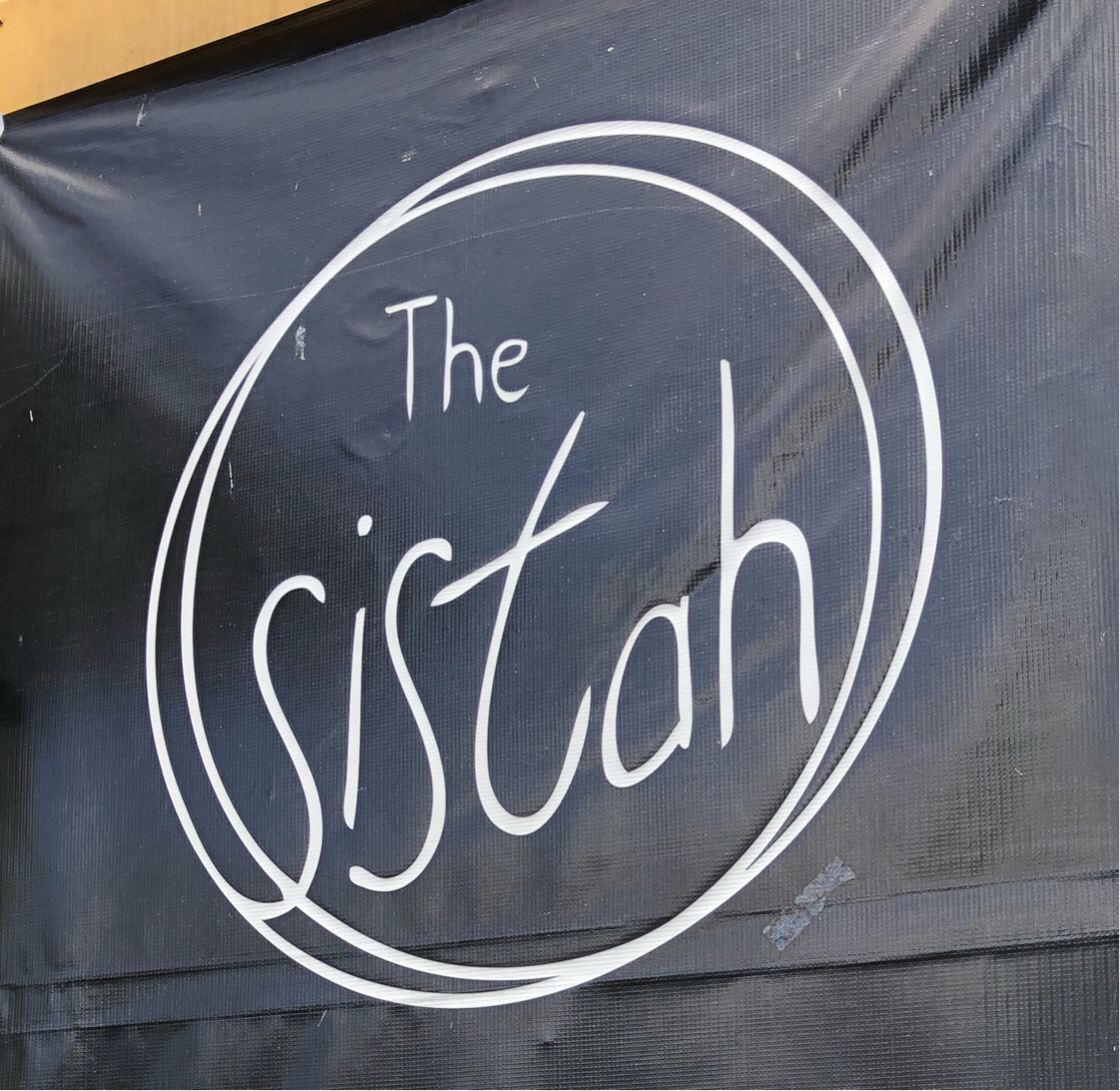
|
25083
|
|
アメリカ合衆国
Honolulu
|
|
|
This is a name of the food truck in the campus. “Sisters” means “sister” in English. This is symbolic-authentic to share a sense of “local”. SS
|
Multilingual Hawaiʻi
|
|
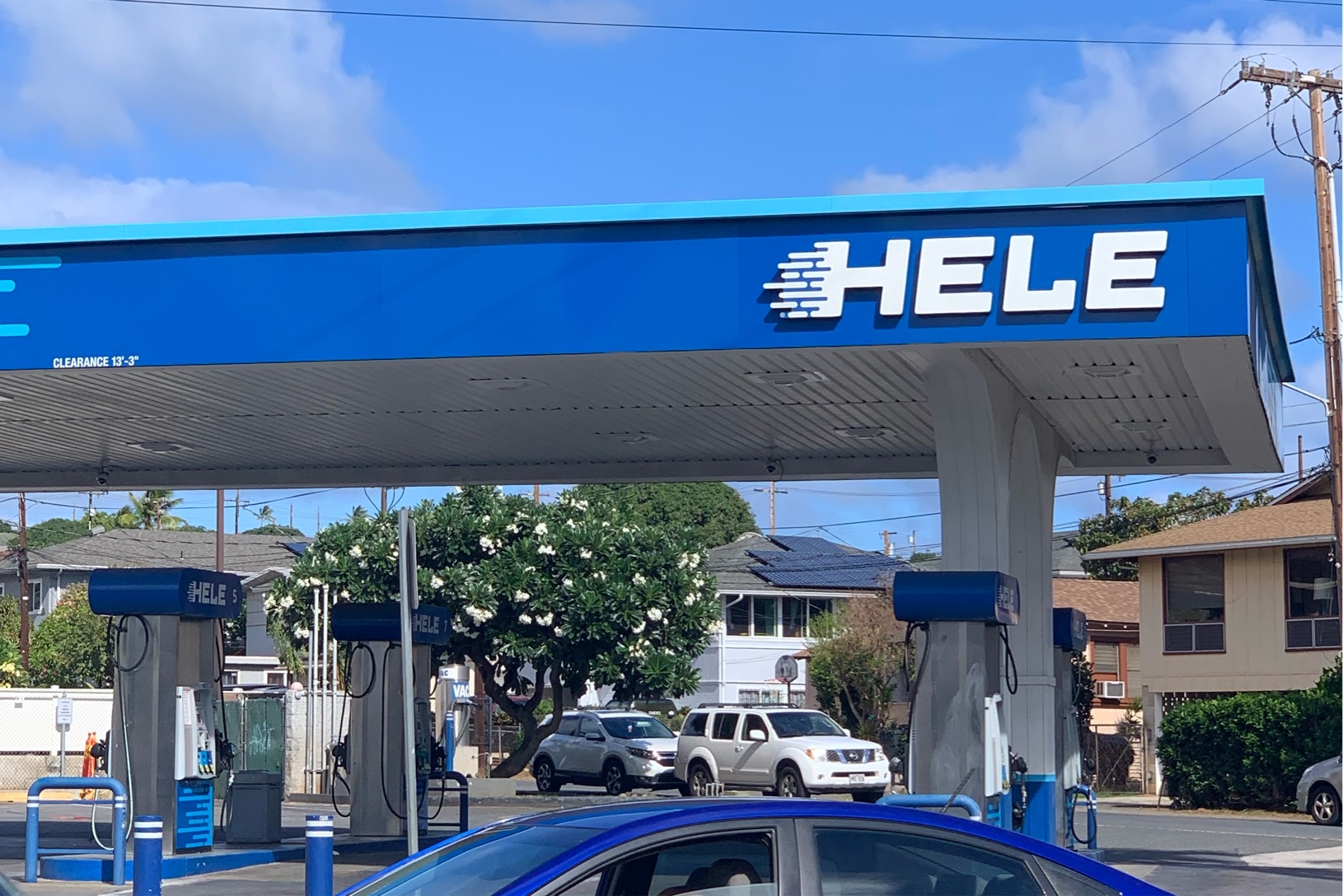
|
42491
|
|
ʻAmelika Hui Pū ʻIa
Honolulu
|
|
|
More and more businesses using Hawaiian, Like this Gas Station. Hele being translated as Go, To Go, Move, in this context this refers to cars and being to to fill um up and go! Anyone nearby by needs a quick fill up and go? Come yo Hele. The intended audience is for vehicular users that needs a fill up.
HK
|
Multilingual Hawaiʻi
|
|
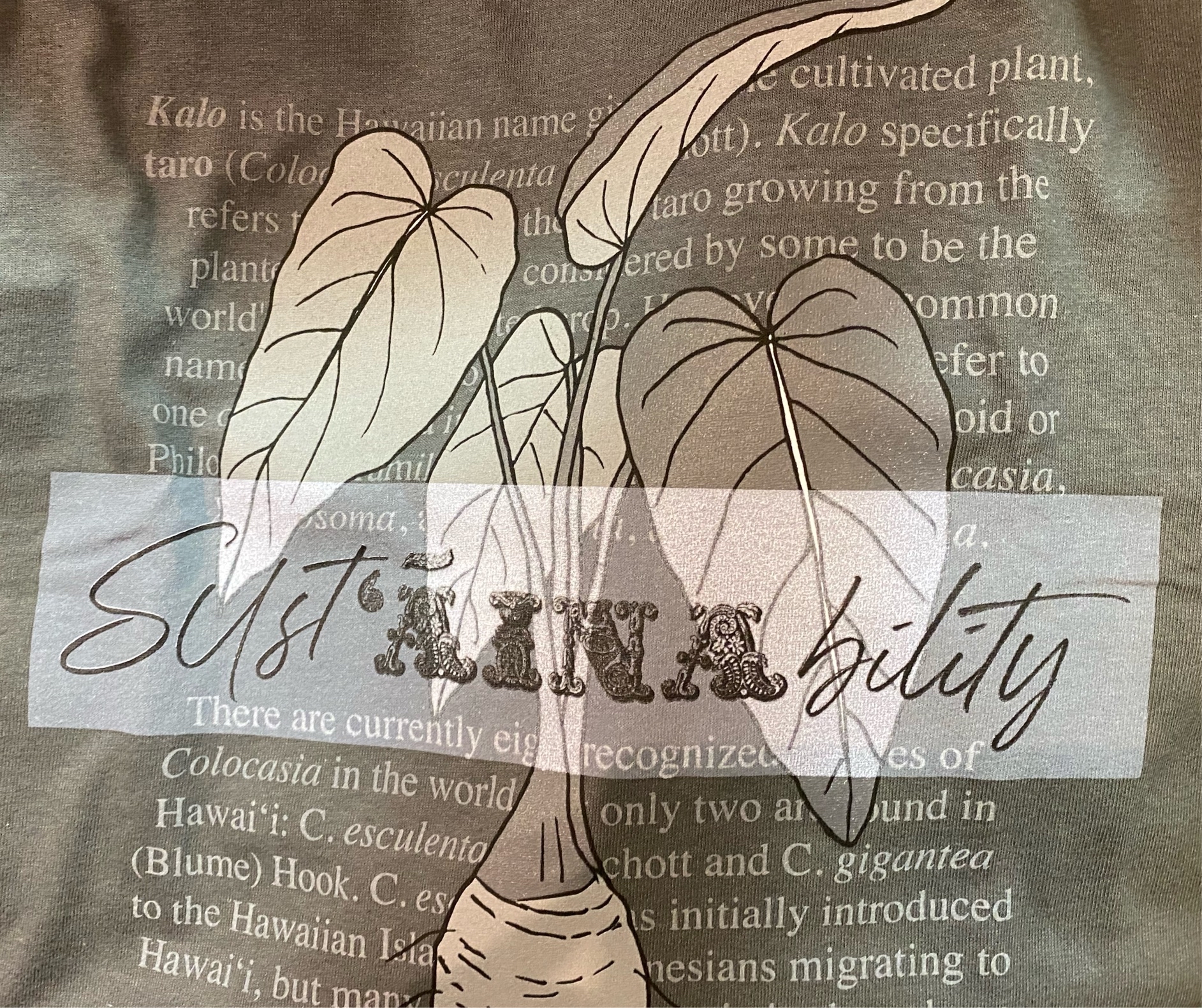
|
46075
|
|
United States
Honolulu
|
|
|
AJR - Check in #2. This picture shows the phrase “SustĀINAbility” in much bigger font than the English/Hawaiian description behind it. By doing so, it combines both English and Hawaiian but gearing the focus more towards the Hawaiian phrase of “Aina.” In my understanding, this phrase refers to having respect towards the land and all that it provides for us, therefore by putting these two words together it creates a Hawaiian claim on sustainability. I would say the intended audience is primarily locals as most tourists most likely don’t know what Aina means
|
Multilingual Hawaiʻi
|
|
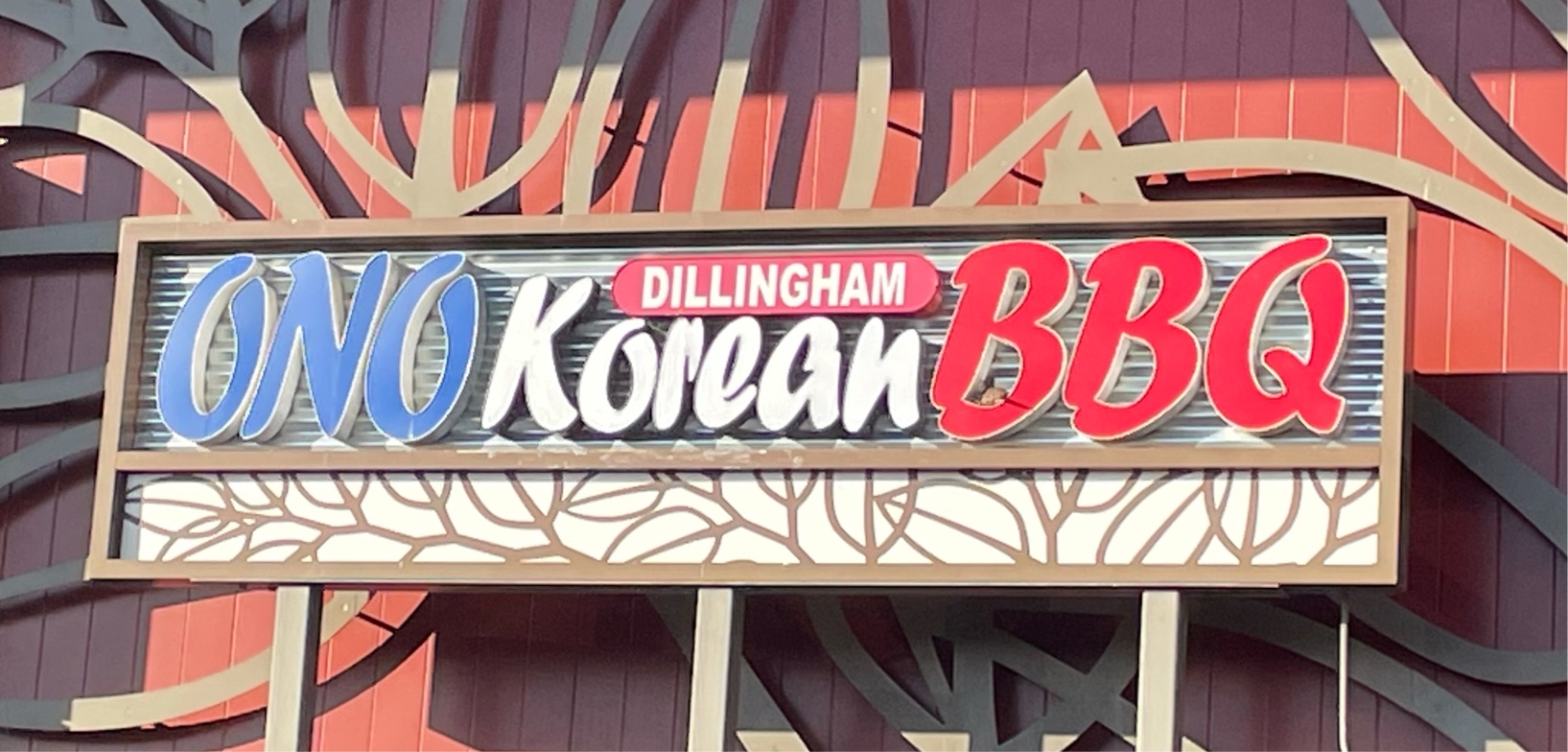
|
42492
|
|
United States
Honolulu
|
|
|
(SP) this is a permanent plastic/metal fixture (medium) on a restaurant (contain). The use of “ono” here is meant to make potential customers (mostly locals who understand the meaning of ono) to immediately associate this restaurant with “deliciousness”. I think the Pidgin here is also used in a commodified sense to make a more catchy and “local” name for this restaurant. Also, this Pidgin is meant to convey to customers that even though this is a Korean-food specific restaurant, it will have a local, more broad feeling environment so it can attract more customers than just Korean people looking for an authentic restaurant (like: “at other Korean restaurants you may only hear servers speaking Korean, but here you’ll hear Pidgin too!”)
|
Multilingual Hawaiʻi
|
|

|
46076
|
|
United States
Honolulu
|
|
|
AJR - Check In #2. As we see in this photo, the phrase “Lawai’a Krew”. I’m not so sure what Lawai’a means but I do believe it is a Hawaiian term. This picture was found in the T&C apparel store, therefore I would guess the intended audience is both locals and non-locals but locals are most likely to be drawn to this shirt
|
Multilingual Hawaiʻi
|
|

|
42493
|
|
United States
Honolulu
|
|
|
(SP) This is another example of Pidgin being used in a restaurant domain on a permanent plastic and metal sign. The use of “Shaka” is likely meant to appeal to tourists and locals alike, but maybe tourists more since Shaka is a Pidgin word that tourists may be familiar with and associate strongly with Hawaiian culture. It adds a sense of “true Hawaiian” to this store, which may attract mainland customers. It also was likely used because it’s very catchy and easy to remember “Shaka Shaka Tea Express”.
|
Multilingual Hawaiʻi
|
|

|
46077
|
|
United States
Honolulu
|
|
|
AJR - Check In #2. This picture exhibits both Hawaiian and English words to describe the names of these plants as well as the significance it has to Hawaii. I would say the intended audience of this sign is primarily tourists given that it was in the Ala Moana shopping center. My guess is that the purpose of it is to teach tourists more of the significance that plants have on Oahu both to the island and the people
|
Multilingual Hawaiʻi
|
|

|
42494
|
|
United States
Honolulu
|
|
|
(SP) This permanent plastic sign is displayed outside Nike’s Bread and Breakfast cafe. It uses mostly English and a few Hawaiian words and phrases. I believe the audience of this sign is both Locals and tourists, as it can be easily understood by anyone who speaks English. “Mahalo” is a word very commonly used instead of of thank you, so it may have been added to increase the Local “Hawaiian” atmosphere of the cafe. They also used “E kala mai” instead of “excuse me” in a way that is easy to miss, so I think it may have been added as a design choice to increase the Local feeling just a little bit more for those who catch it and understand.
|
Multilingual Hawaiʻi
|
|
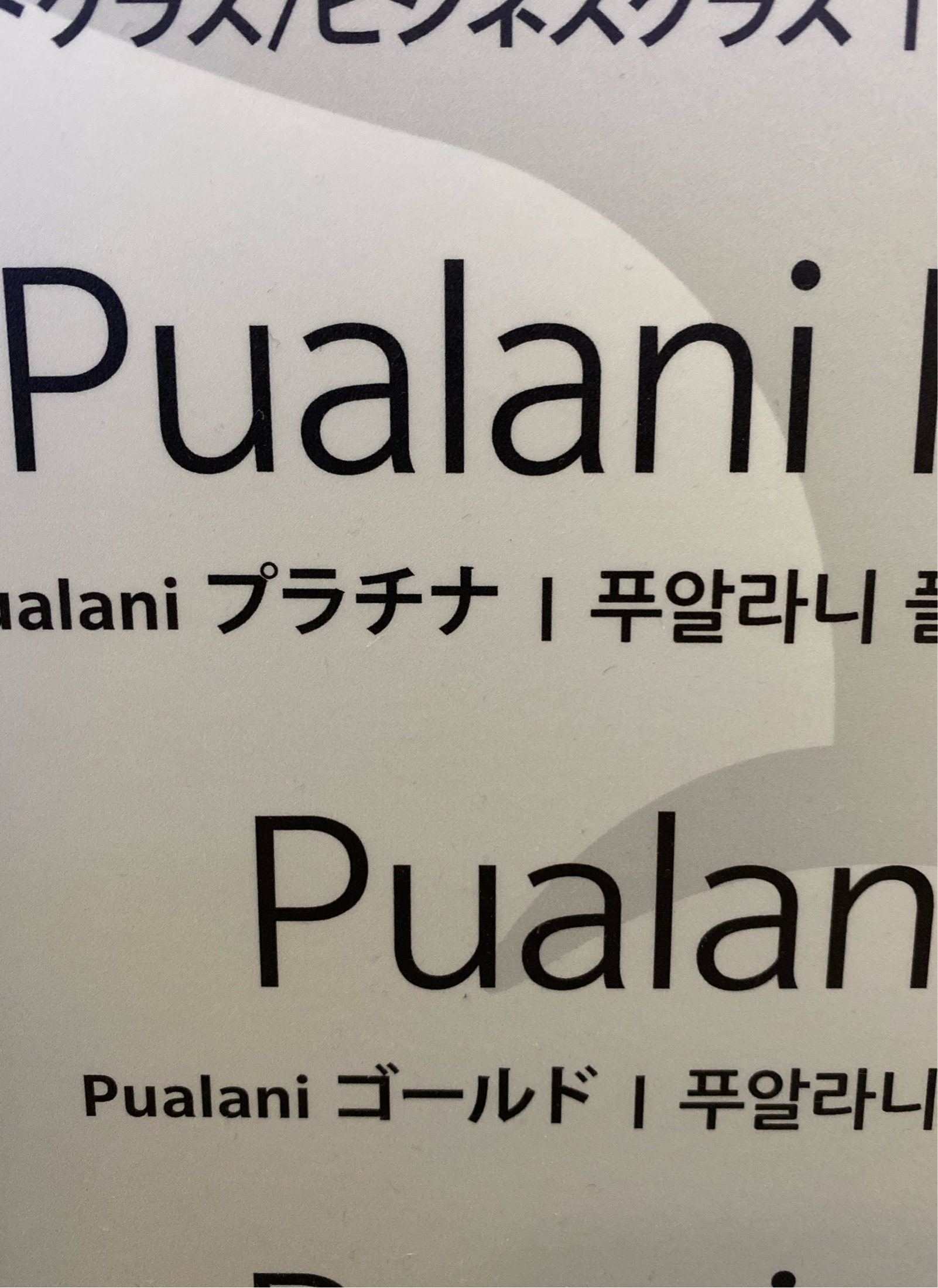
|
46078
|
|
United States
Honolulu
|
|
|
EL-S Checkup #2 : Languages that are used on the sign is Hawaiian and Japanese. There are two Pualani, and one of them is bigger. I think the purpose of this is to catch people’s attention when they enter. The domain is at the international airport. I think what it’s trying to say is the locations of where people are welcoming others. I think Hawaiian is being used here because it’s to welcome them to the island.
|
Multilingual Hawaiʻi
|
|
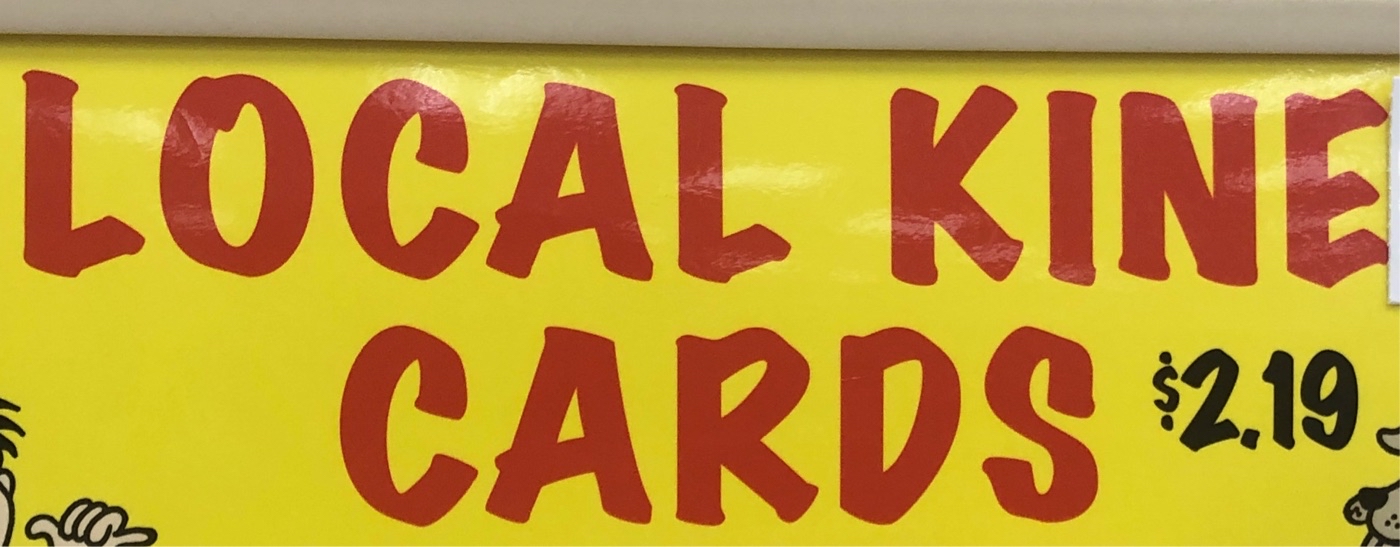
|
25087
|
|
United States
Honolulu
|
|
|
The sign says “Local Kine Cards” which translates to Local Kind Cards, referencing the language locals talk, Pidgin. This is symbolic-authentic. J.A.S
|
Multilingual Hawaiʻi
|
|